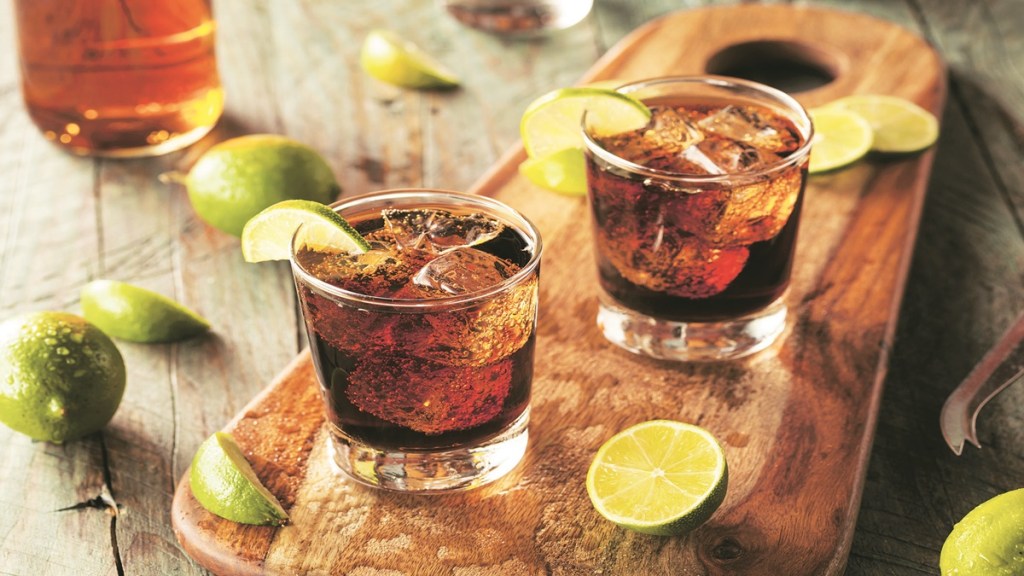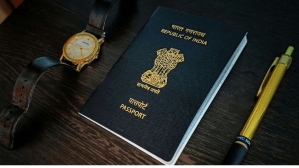The story of rum and how it lost out to whisky reminds me a lot about how English came to be the dominating language in the world by relegating French through a few canny moves. No, today is not a lesson in history, but as World Rum Day has just gone by (July 8), I wanted to pen a little tribute to our original liquor. Okay, there was arrack, too, but let’s split that hair another day.
And let me also get that age-old joke out of the way, about how we mostly still drink rum all the time considering that a significant chunk of Indian whiskies are made from molasses and not malt. Well, it’s not a joke, it’s absolutely true. But since we aren’t tasting rum when we touch those to our lips, let’s not focus on them either.
Instead, think of rum as the drink that many of us had mixed in cola—fine, I’ll spell it, Coke, because nobody really drinks rum and Pepsi—and then trying with lemon juice, mint and sugar syrup fashioned into a mojito, possibly our first taste of a cocktail. Most of us went for vodka as the gateway drink but once palates evolved, or we wanted stuff that, as seniors at college told us, “puts hair on your chest”, we switched to rum. It was as cheap as vodka and that was always good when on a student budget. A college student of legal drinking age, I hasten to clarify, for legal reasons.
But it wasn’t just us teens pinching pennies; even the armed forces had always shown an affinity for the beverage. Back when tonic and quinine were being administered to the uniformed senior officers, they were taking it with gin whereas the lower ranks made do with rum and arrack. Gin and tonic may have become the popular choice but rum and tonic may have been drunk exponentially more back then.
Today, that commonality has made rum lose its power as a great beverage, where people don’t place it besides their scotches and bourbons, but instead stack it with the cheap spirits and other plonk that is mostly destined for gifting (mostly to government officials as per rank).
Thankfully, much is changing in India. Local brands, both old and new, are omnipresent for all the right reasons. While Old Monk keeps its grip tight over the rum space in general (and why not, it’s a good rum in its own right), other brands are making their presence felt too. Short Story makes an acceptably decent rum while Camikara is an absolute showstopper of a refined aged rum. However, in my bar, both have shelf space for entirely different reasons as they are neither comparable nor interchangeable. Bacardi, like most international brands of liquors and beers bottled in India, just doesn’t taste as refined and slick as the ones bottled abroad. So, I prefer to pick up mine when travelling. But it still remains a staple behind bars in India and is reliably good in cocktails. And Breezers remain the undisputed gateway alcohol for most (legal drinking age) school students even though those saccharine pints taste nothing like rum and even lesser of the fruit they claim to be flavoured with.
One good use I have for aged rums (and I know it’s quasi-sacrilege) is to stick them in smoothies. Some milkshakes sometimes curdle but smoothies don’t. Recently, when Keventer’s sent me a selection of their new smoothie set, I barraged them with questions about the freshness of fruit and the calorie count. Imagine their horror when they realise that I mixed rum into them and threw all talk of calories and health benefits out of the window. Nevertheless, they were yum smoothies. Good job, Keventer’s, for keeping up the innovation. I, and rum, thank you.
The writer is a sommelier








